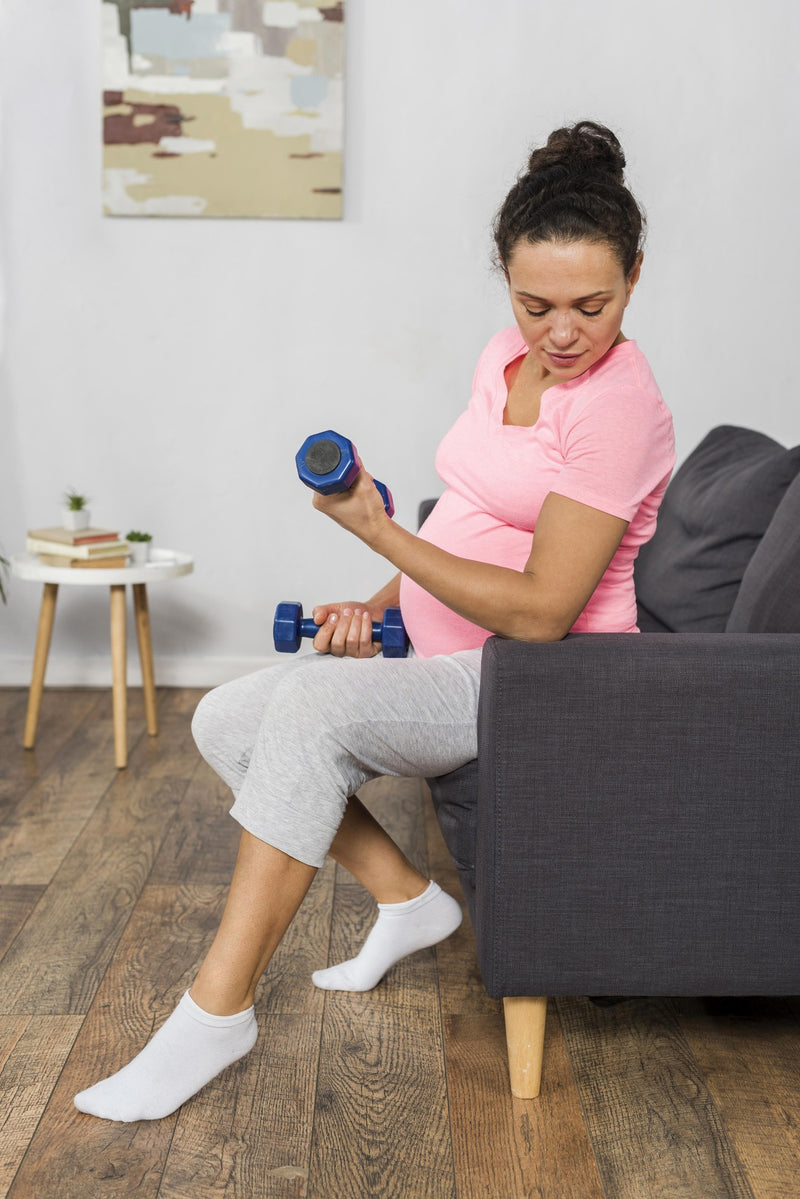7 Simple Exercises to Naturally Support Hormonal Health
Hormones play a crucial role in regulating almost every function in the human body, from metabolism and mood to sleep and reproductive health. An imbalance in hormones can disrupt your daily life, causing symptoms like fatigue, weight gain, mood swings, and more. While proper nutrition, adequate sleep, and stress management are essential for hormonal health, exercise is an often-overlooked yet powerful tool to restore balance.
Here, we’ll explore 7 simple exercises that can naturally support hormonal health, along with tips to incorporate them into your routine.
1. Walking, The Foundation of Hormonal Health
Walking is one of the easiest and most effective ways to balance hormones. Regular walks can:
- Lower cortisol levels, reducing stress.
- Improve insulin sensitivity, aiding in blood sugar regulation.
- Promote better sleep by stabilizing circadian rhythms.
How to Incorporate:
- Aim for a brisk 30-minute walk daily, preferably in the morning sunlight for an added dose of Vitamin D, which supports hormonal balance.
2. Yoga, The Ultimate Stress Buster
Yoga is renowned for its ability to reduce stress, a major culprit in hormonal imbalances. Certain poses, such as Child’s Pose, Downward Dog, and Reclining Bound Angle Pose, target the adrenal glands, thyroid, and reproductive organs.
Benefits
- Lowers cortisol and adrenaline levels.
- Improves circulation to endocrine glands.
- Enhances mindfulness, reducing emotional stress.
How to Incorporate
- Practice a 20-minute yoga session 3–4 times a week. Include breathing exercises (pranayama) for added benefits.
3. Strength Training, Boost Testosterone and Growth Hormone
Lifting weights or engaging in bodyweight exercises like squats, lunges, and push-ups can increase testosterone levels and improve metabolic health. Strength training also enhances muscle mass, which is vital for hormonal stability.
Benefits:
- Regulates growth hormone production.
- Enhances insulin sensitivity.
- Reduces visceral fat, which can contribute to estrogen dominance.
How to Incorporate:
- Start with two strength-training sessions per week, focusing on major muscle groups.
4. High-Intensity Interval Training (HIIT), The Hormonal Reset
HIIT alternates short bursts of intense exercise with periods of rest, making it highly efficient for hormone regulation.
Benefits:
- Supports adrenal health by optimizing cortisol response.
- Increases human growth hormone (HGH) production.
- Aids in fat loss, reducing hormonal disruptions from excess weight.
How to Incorporate:
- Perform a 15–20 minute HIIT workout 2–3 times a week. For example, try 30 seconds of sprinting followed by 60 seconds of walking for 10 cycles.
5. Pilates, Strengthen and Stabilize
Pilates focuses on core strength, flexibility, and overall stability, indirectly supporting hormonal health by improving posture, reducing stress, and enhancing blood flow.
Benefits:
- Improves circulation to endocrine glands.
- Reduces cortisol levels.
- Enhances mind-body connection for better stress management.
How to Incorporate:
- Join a Pilates class or follow an online tutorial 1–2 times a week.
6. Dancing, Fun and Functional
Dancing combines physical activity with emotional expression, making it a fantastic way to boost mood and balance hormones.
Benefits
- Elevates mood-enhancing hormones.
- Encourages social interaction, reducing feelings of isolation.
- Improves cardiovascular health.
How to Incorporate
- Join a dance class, or simply dance to your favorite music at home for 20–30 minutes a few times a week.
7. Deep Breathing and Stretching, Calm the Nervous System
Simple deep-breathing exercises and gentle stretching can activate the parasympathetic nervous system, reducing stress and promoting hormonal equilibrium.
Benefits
- Lowers cortisol and adrenaline.
- Enhances oxygen flow to endocrine glands.
- Improves lymphatic drainage, aiding detoxification.
How to Incorporate
- Spend 5–10 minutes every evening practicing deep breathing or gentle stretches to unwind.
Additional Tips for Exercise and Hormonal Balance
- Stay Consistent: Regular exercise is more effective than sporadic intense sessions. Create a balanced routine that suits your lifestyle.
- Prioritize Rest Days: Over-exercising can elevate cortisol levels, so include rest or light activity days to allow your body to recover.
- Pair with a Balanced Diet: Focus on whole foods rich in healthy fats, proteins, and complex carbs to fuel your workouts and support hormone production.
- Listen to Your Body: If you feel fatigued, opt for gentler activities like yoga or walking instead of intense workouts.
Final Thoughts
Hormonal balance is essential for overall well-being, and exercise is a powerful yet accessible tool to achieve it. Whether you prefer a calming yoga session or an energizing HIIT workout, incorporating these exercises into your routine can make a significant difference.
Start small, stay consistent, and remember that every step you take toward a more active lifestyle is a step toward better hormonal health.




